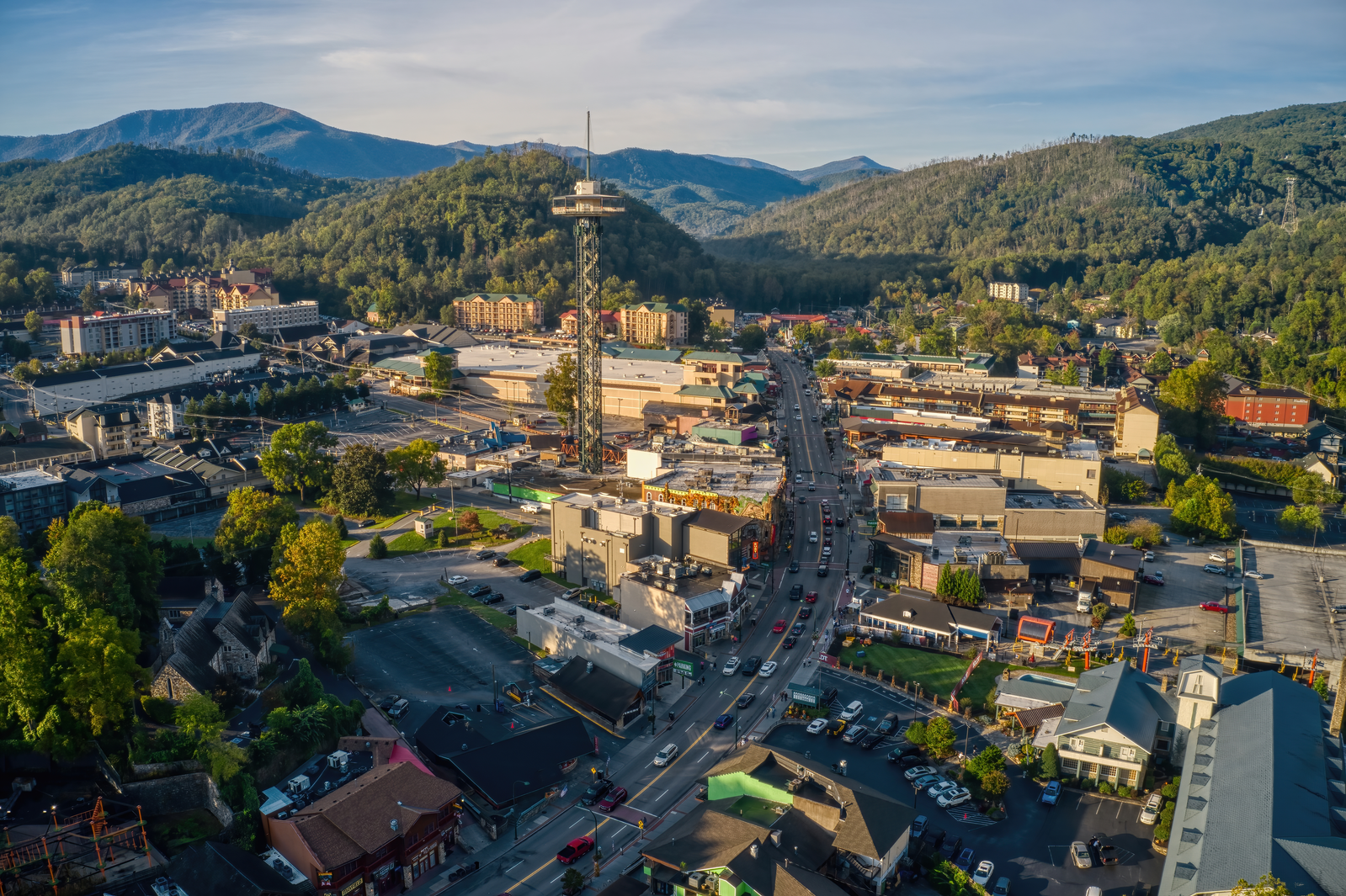Before Cades Cove was a popular tourist destination in the Great Smoky Mountains National Park, it was a home to so many. For more than 100 years before the park was created, families worked and played in the valley. The first settlers came to Cades Cove in the early 1820s, but it wasn’t until the late 1900s when the last resident of Cades Cove, Kermit Caughron, passed away. Meet the Caughron family and learn more about Cades Cove history:
Who is the Caughron family?

Kermit Caughron was born in Cades Cove in May of 1912. He grew up there and spent his summers herding cattle and sheep along the North Carolina border. Although Kermit was forced to move from Cades Cove when the national park was established, he negotiated his return just 4 years later, and he and his wife Lois had a 5-year lease on the old homeplace. Kermit spent his days raising cattle in the Cove and kept bee hives, selling fresh honey from a stand near his home. They also welcomed Rex to the family. Rex is a member of the next to last generation to be raised in Cades Cove — his daughters were the last! Rex said he knows Cades Cove like the back of his hand, and even said he could lay down in the backseat of a car and be able to tell you exactly where he’s at along the loop road.
Although working was a big part of the Caughron family’s life in Cades Cove, Rex remembers fun times with his father, fishing and hiking in the mountains. He said his dad caught his fair share of 20-inch trout over the years! Rex also remembers hiking to Abrams Falls and into Sugar Cove. His favorite view is at the entrance to Cades Cove, a place he calls “Horseshoe Mountain.” It’s to the left, right over the stables. Kermit and Lois also had son Roy and daughters Ruth and Kay.
When did the Caughron family leave Cades Cove?
When the Great Smoky Mountains National Park was created, residents of Cades Cove had to leave their homes. However, after four years, Kermit missed the mountains and negotiated a 5-year lease for his home. He and his wife moved back to Cades Cove and lived there until shortly before his death in 1999, as the last residents in Cades Cove history. They raised their two sons and two daughters in the home built in 1952. The home was made from wood and salvaged materials from the old Cable School.
Cades Cove Today

Although the Caughron family’s home no longer stands today, it’s marked by an old apple tree and a handful of lilies that bloom in the spring. The National Park Service manages and maintains Cades Cove the way it looked in the early days of the settlers. The older log cabins and barns in the Cove have been restored, giving visitors a glimpse into Cades Cove history. Everyone loves exploring Cades Cove and seeing the old homesteads and gorgeous views the area has to offer. Some popular historical structures in Cades Cove are the John Oliver Cabin, the John P. Cable Mill and the Cades Cove churches. You can see it all by driving the Cades Cove Loop Road. The 11-mile, one-way, loop road allows visitors to take in the best sights and plenty of Cades Cove history from the comfort of their cars, and there are pull-offs where you can get out and explore!
If you’re interested in learning more about Cades Cove history, the best way to do it is to visit the area for yourself! Take a look at our step-by-step guide to the Cades Cove Loop Road, then plan your trip.

















